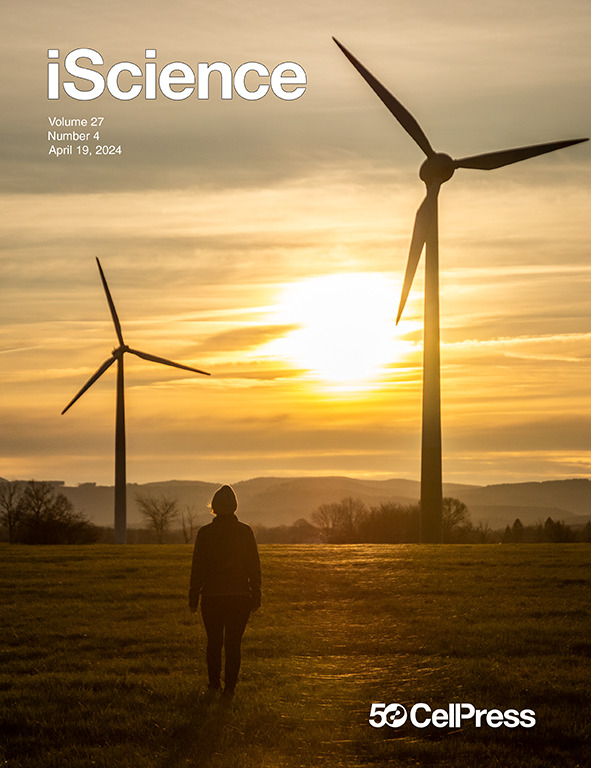Diet and environment drive the convergence of gut microbiome in wild-released giant pandas and forest musk deer
IF 4.6
2区 综合性期刊
Q1 MULTIDISCIPLINARY SCIENCES
引用次数: 0
Abstract
Reintroduction is important for recovering endangered species, and gut microbiome is crucial for successful wildlife reintroduction. This study utilized 16S rRNA high-throughput sequencing of 791 fecal samples to examine the gut microbial changes in giant pandas (Ailuropoda melanoleuca) and forest musk deer (Moschus berezovskii) across captivity, semi-release, and release stages. Our results revealed a similar transitional pattern in the gut microbiome of both species, with semi-release stage displaying an intermediate state between captive and wild microbiome. We also observed that both species are enriched in Pseudomonas and functional pathways related to amino acid metabolism, ATP-binding cassette transporters, and acetyl-CoA/propionyl-CoA carboxylase. Furthermore, the SourceTracker analysis indicated putative contributions of plant and soil microbiome to the gut microbiome of forest musk deer. These findings suggest that similar herbivorous diets and same environment may contribute to the convergence of gut microbiome. In conclusion, our study provides valuable insights for reintroducing endangered wildlife.

野生大熊猫和森林麝的饮食和环境驱动肠道微生物群的趋同
重新引入对濒危物种的恢复至关重要,而肠道微生物群对野生动物的成功重新引入至关重要。本研究利用16S rRNA高通量测序技术对791份粪便样本进行了研究,分析了大熊猫(Ailuropoda melanoleuca)和森林麝(Moschus berezovskii)在圈养、半放养和放养阶段肠道微生物的变化。我们的研究结果揭示了两种物种肠道微生物群的过渡模式相似,半释放阶段显示了圈养和野生微生物群之间的中间状态。我们还观察到,这两个物种都富含假单胞菌和氨基酸代谢、atp结合盒转运蛋白和乙酰辅酶a /丙酰辅酶a羧化酶相关的功能途径。此外,SourceTracker分析显示了植物和土壤微生物组对森林麝肠道微生物组的推定贡献。这些发现表明,相似的草食性饮食和相同的环境可能有助于肠道微生物群的趋同。总之,我们的研究为重新引入濒危野生动物提供了有价值的见解。
本文章由计算机程序翻译,如有差异,请以英文原文为准。
求助全文
约1分钟内获得全文
求助全文
来源期刊

iScience
Multidisciplinary-Multidisciplinary
CiteScore
7.20
自引率
1.70%
发文量
1972
审稿时长
6 weeks
期刊介绍:
Science has many big remaining questions. To address them, we will need to work collaboratively and across disciplines. The goal of iScience is to help fuel that type of interdisciplinary thinking. iScience is a new open-access journal from Cell Press that provides a platform for original research in the life, physical, and earth sciences. The primary criterion for publication in iScience is a significant contribution to a relevant field combined with robust results and underlying methodology. The advances appearing in iScience include both fundamental and applied investigations across this interdisciplinary range of topic areas. To support transparency in scientific investigation, we are happy to consider replication studies and papers that describe negative results.
We know you want your work to be published quickly and to be widely visible within your community and beyond. With the strong international reputation of Cell Press behind it, publication in iScience will help your work garner the attention and recognition it merits. Like all Cell Press journals, iScience prioritizes rapid publication. Our editorial team pays special attention to high-quality author service and to efficient, clear-cut decisions based on the information available within the manuscript. iScience taps into the expertise across Cell Press journals and selected partners to inform our editorial decisions and help publish your science in a timely and seamless way.
 求助内容:
求助内容: 应助结果提醒方式:
应助结果提醒方式:


